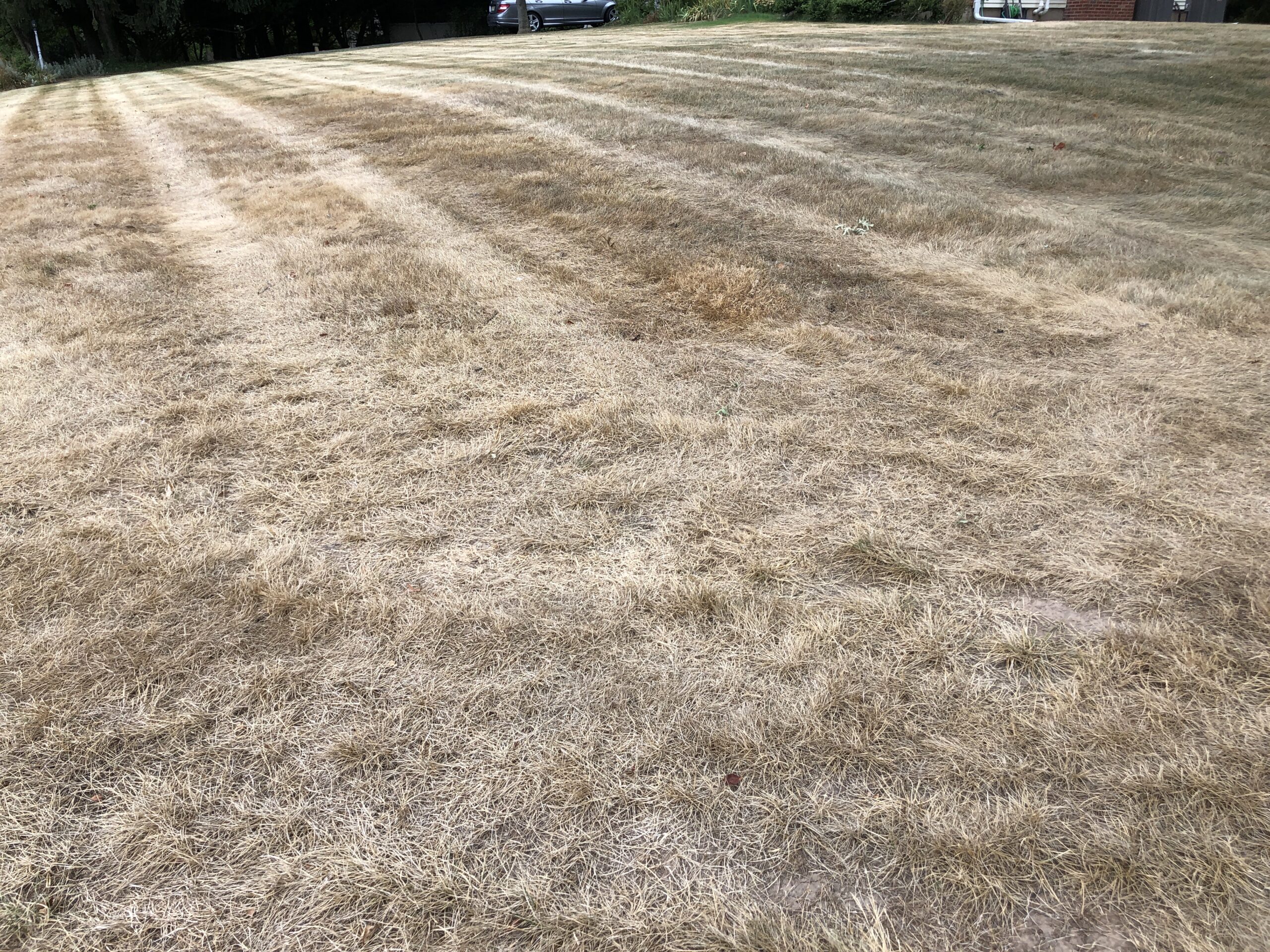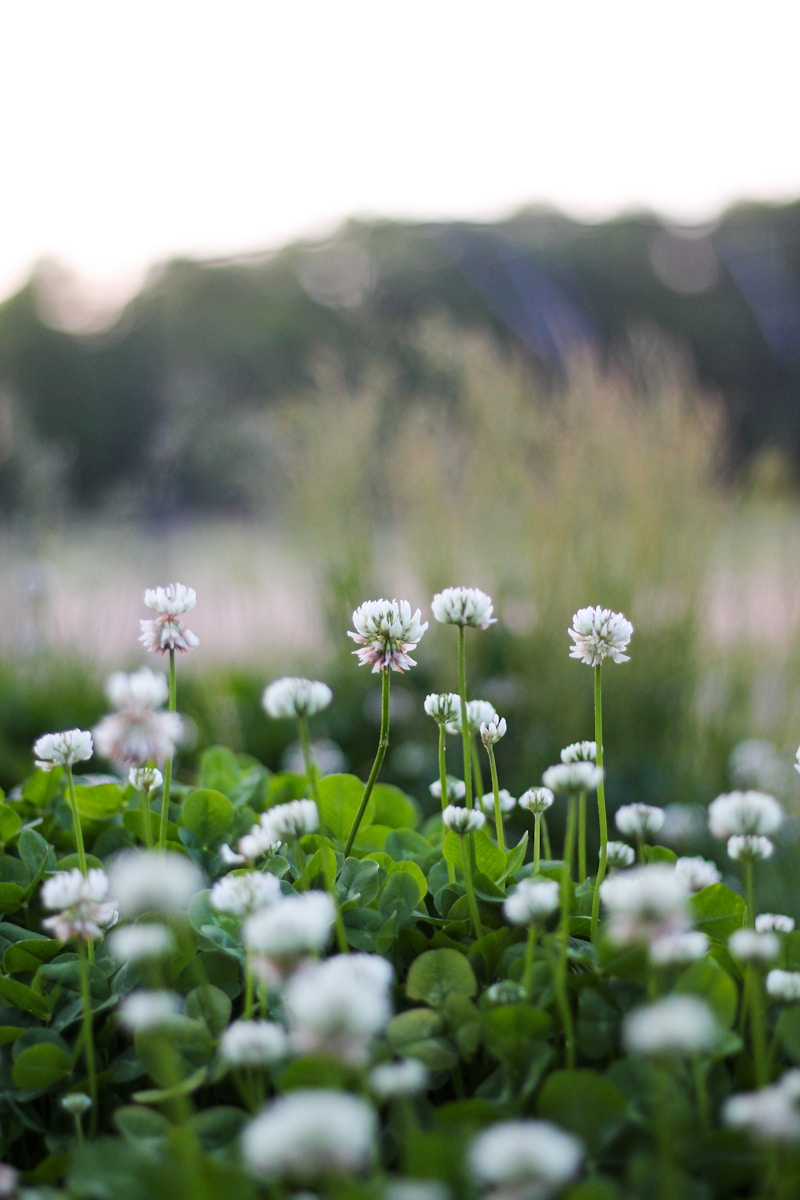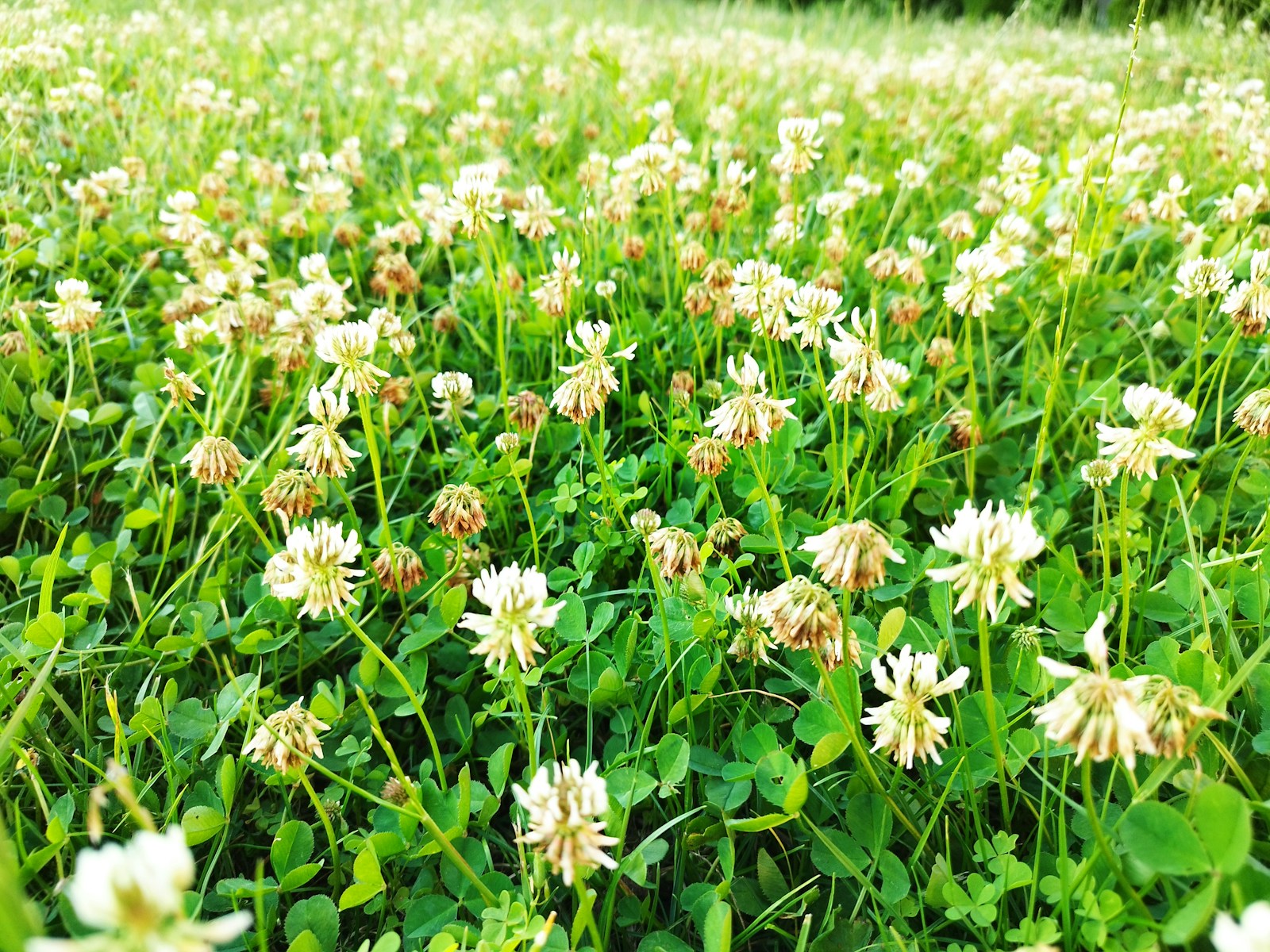During a trip to Las Vegas last July, I met a homeowner whose lawn looked like a crumpled paper bag. “I followed every YouTube tutorial!” he lamented. His struggle isn’t unique—summer’s triple threat of scorching heat, drought, and pests can decimate even the most pampered turf. But fear not: reviving a dying lawn in summer is entirely achievable with science-backed strategies. Drawing on research from the USDA, Texas A&M AgriLife, and the University of Florida IFAS, this guide offers actionable steps to rescue your grass. Let’s turn your parched yard into a cool, green sanctuary.
Why Lawns Struggle in Summer: The Science Behind the Stress
Turfgrass species like Kentucky bluegrass and fescue evolved in temperate climates, making them ill-equipped for sustained 90°F+ temperatures. Heat stress disrupts photosynthesis, weakens roots, and depletes soil moisture. In arid regions like Arizona or humid areas like Florida, these challenges compound. Common issues include:
- Underwatering vs. Overwatering:
Lawns need 1–1.5 inches of water weekly, but erratic watering creates shallow roots. Overwatering, meanwhile, drowns roots and fosters fungal diseases like Pythium blight. A 2022 University of California study found that 60% of summer lawn failures stem from improper irrigation. - Compacted Soil:
Heavy foot traffic or clay-heavy soil (common in Georgia) compresses pores, blocking oxygen and water. Roots suffocate, and grass thins. - Thatch Buildup:
A layer of dead grass thicker than ½ inch acts like a thatched roof, preventing water from reaching soil. It’s a haven for pests like chinch bugs. - Mowing Missteps:
Cutting grass too short (scalping) exposes soil to UV rays, while dull mower blades tear grass, inviting pathogens.
Step 1: Diagnose the Problem Like a Pro
Start by playing lawn detective:
- Dry, Cracked Patches:
Hydrophobic soil repels water. Test by pouring a cup of water on the area—if it beads up, your soil is parched. Use a screwdriver to check compaction; resistance means aeration is urgent. - Yellow or Wilting Grass:
Overwatering (soggy soil) and underwatering (brittle blades) mimic similar symptoms. Probe the soil 3 inches deep—damp but not wet is ideal. Yellowing may also signal nitrogen deficiency or chinch bugs (common in St. Augustine grass). - Fungal Infections:
Look for circular brown spots with gray edges (brown patch) or powdery residue (powdery mildew). These thrive in high humidity and overwatered lawns.
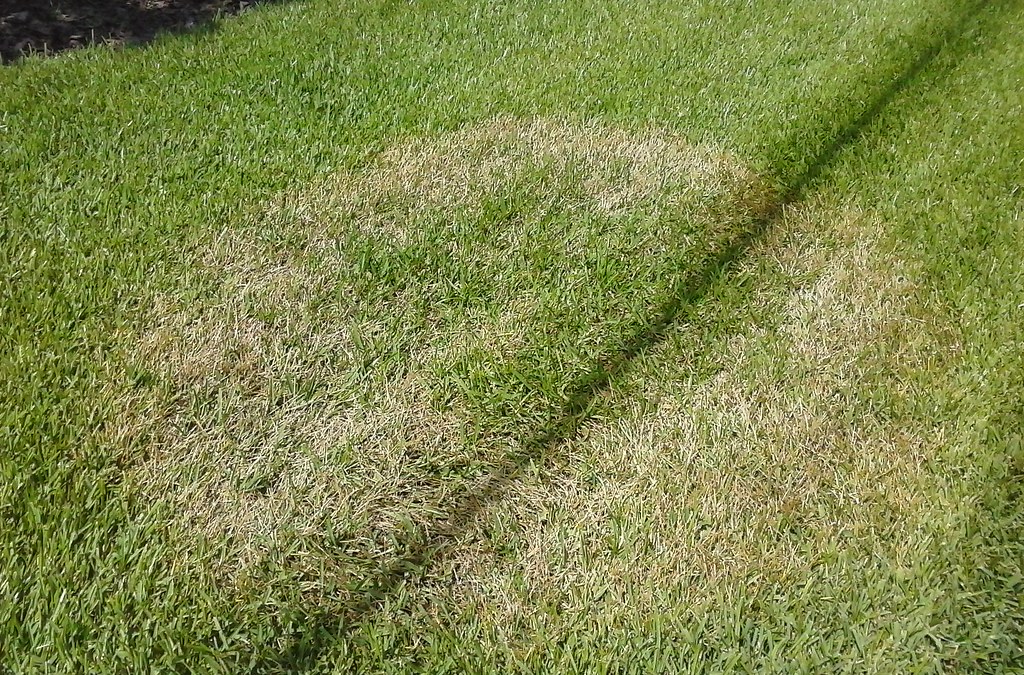
Pro Tip: Submit a soil sample to your local cooperative extension office (e.g., Clemson Extension in South Carolina). For 15–15–30, they’ll analyze pH, nitrogen, and micronutrient levels. Most grasses prefer pH 6.0–7.0.
Step 2: Master the Art of Summer Watering
The EPA estimates that 9 billion gallons of water are wasted daily on U.S. lawns. Fix this with these tactics:
- Deep Watering:
Apply 1 inch of water once a week, preferably before 10 a.m. This encourages roots to grow deeper, building drought resilience. Use a rain gauge or tuna can to measure output. - Smart Irrigation Tech:
Install a Wi-Fi-enabled sprinkler (like Rachio 3) that adjusts schedules based on local weather data. These systems reduce water use by up to 50%, per a 2023 Colorado State University study. - Cycle and Soak:
For sloped lawns in places like Southern California, split watering into 15-minute cycles to prevent runoff.
Avoid: Watering at night—prolonged moisture invites dollar spot fungus.
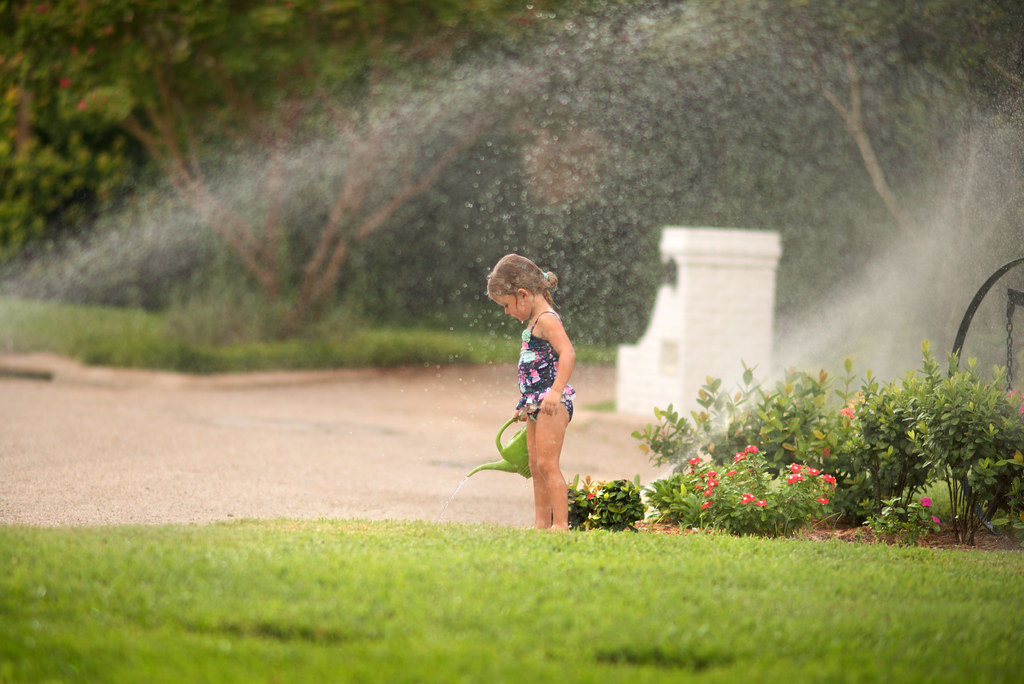
Step 3: Aerate to Revive Suffocating Soil
Compacted soil is a silent killer. Rent a core aerator to pull 3-inch plugs, creating channels for air, water, and nutrients. For clay soils (common in Texas), aerate twice yearly. Pair with topdressing: spread ¼ inch of compost to improve soil structure.
Pro Tip: Aerate when soil is moist—never bone-dry or soggy.
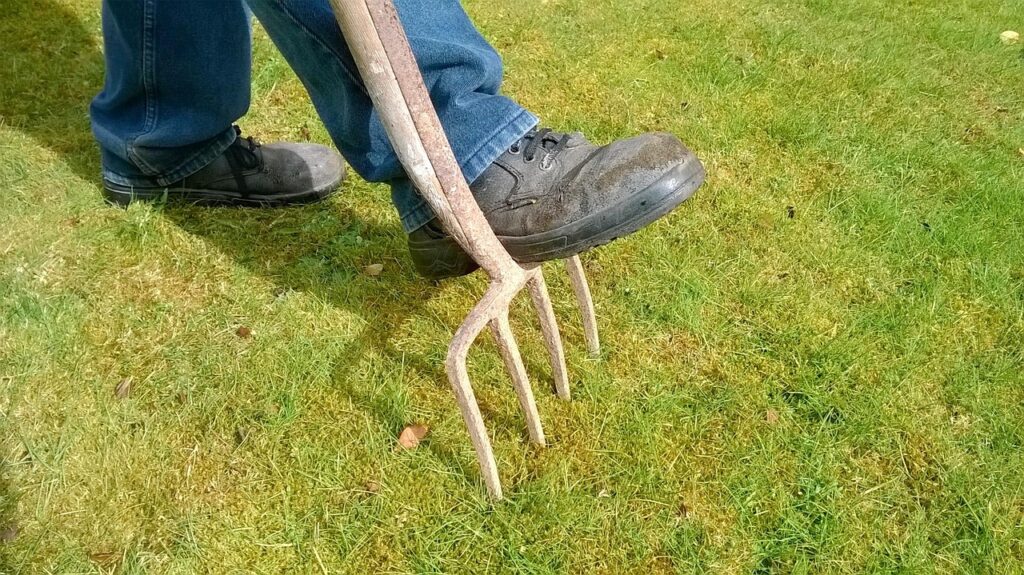
Step 4: Reseed or Sod? A Cost-Benefit Breakdown
| Method | Cost | Recovery Time | Best For | Maintenance |
|---|---|---|---|---|
| Overseeding | 0.10–0.10–0.20/sq ft | 6–8 weeks | Patchy lawns | Frequent watering |
| Sodding | 0.50–0.50–2.00/sq ft | 2–3 weeks | Large bare areas | Heavy initial watering |
Case Study: A Charlotte, NC, homeowner combined overseeding with drought-tolerant Zoysia and reduced water bills by 35% in one season.
Step 5: Fertilize Strategically—Less Is More
Summer is not the time for aggressive feeding. Opt for slow-release organic fertilizers (e.g., Milorganite or Dr. Earth) to avoid salt buildup, which burns roots. Apply 0.5–1 lb of nitrogen per 1,000 sq ft every 6–8 weeks.
Eco Hack: Grasscycling (leaving clippings) returns 25% of your lawn’s nitrogen needs, per Penn State Extension.
Step 6: Wage War on Pests and Disease
- Chinch Bugs:
These sap-sucking pests love St. Augustine grass. Detect them by flooding a suspect area with soapy water—if bugs float, treat with neem oil or bifenthrin. - White Grubs:
Japanese beetle larvae devour roots. Apply beneficial nematodes (e.g., Heterorhabditis bacteriophora) in late July—they’re harmless to pets and eco-friendly. - Brown Patch Fungus:
Improve airflow by pruning shrubs and avoid nitrogen-heavy fertilizers. Apply azoxystrobin fungicide as a last resort.
Fun Fact: Ladybugs can eat 50 aphids daily—release 1,500 in your yard for natural pest control.

Step 7: Mow Like a Master Gardener
Never remove more than ⅓ of the blade. Taller grass (3–4 inches) shades soil, reducing evaporation by up to 40%. Sharpen mower blades monthly—dull blades fray grass tips, turning them brown. For Bermuda grass in Arizona, mow at 1.5 inches; for fescue in Oregon, aim for 3 inches.
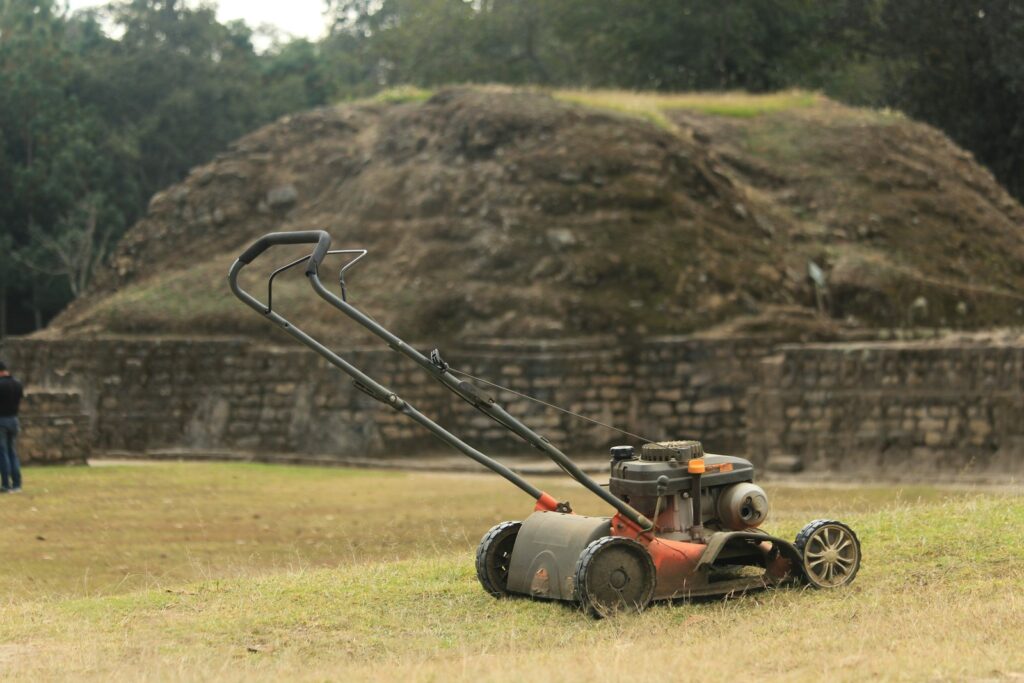
Sustainability Spotlight: Eco-Friendly Lawn Alternatives
- Clover Lawns: White clover stays green with minimal water, fixes nitrogen in soil, and feeds bees.
- Buffalo Grass: Native to the Great Plains, it thrives on 1 inch of water monthly.
- Rain Gardens: Redirect downspouts to depressions planted with native grasses—they filter runoff and recharge groundwater.
Top 5 Mistakes to Avoid
- Over-Fertilizing: Excess nitrogen in heat burns roots and fuels fungal growth.
- Ignoring Soil Tests: Guessing pH or nutrient levels leads to wasted time and money.
- Daily Watering: Promotes shallow roots and disease. Stick to 1–2 deep sessions weekly.
- Using Non-Native Grass: Kentucky bluegrass in Nevada? Swap it for Bermuda or seashore paspalum.
- Neglecting Shade: Grass under trees needs 30% less water—adjust your routine accordingly.
Real-Life Revival: From Dust Bowl to Oasis
After a record-breaking heatwave, San Antonio resident Carlos Mendez saved his lawn:
- Tested soil (pH was 5.8; applied pelletized lime).
- Aerated and topdressed with compost.
- Switched to a smart irrigation schedule.
- Overseeded with drought-tolerant Bermuda.
Within 10 weeks, his lawn rebounded—earning him a “Yard of the Month” sign.
Final Thoughts
Reviving a dying lawn in summer demands a blend of patience, science, and adaptability. Prioritize soil health, water deeply but infrequently, and choose grass suited to your climate. With these steps, your lawn can defy the odds and stay vibrant even in the dog days of summer.
